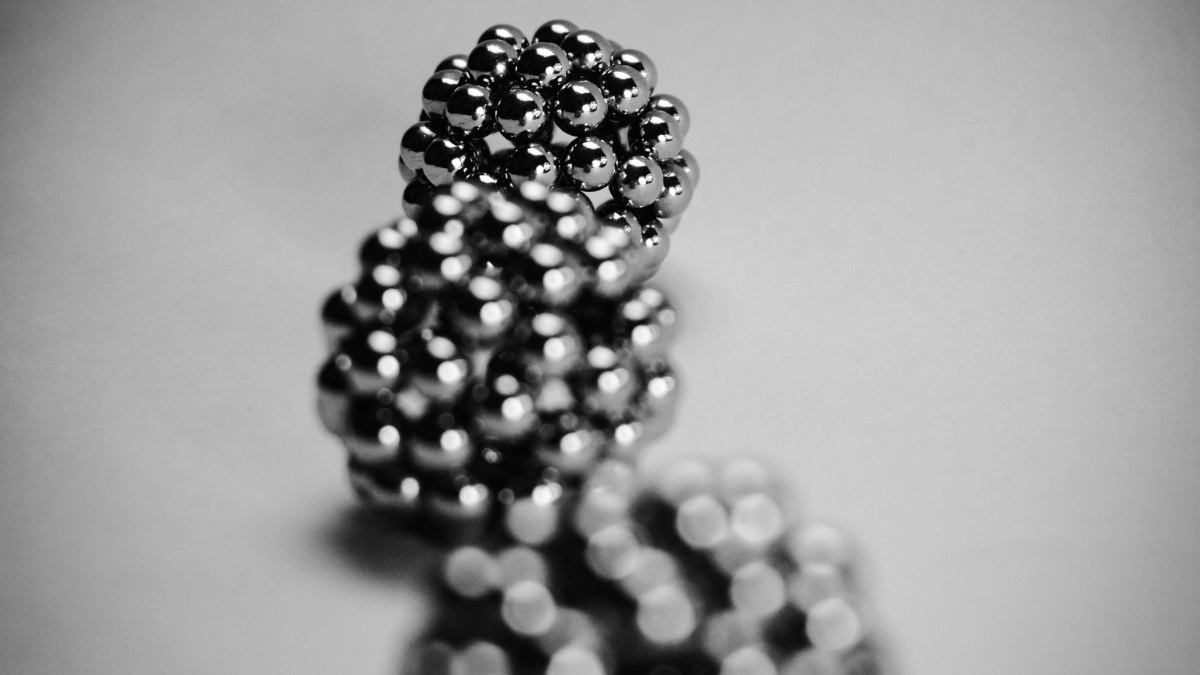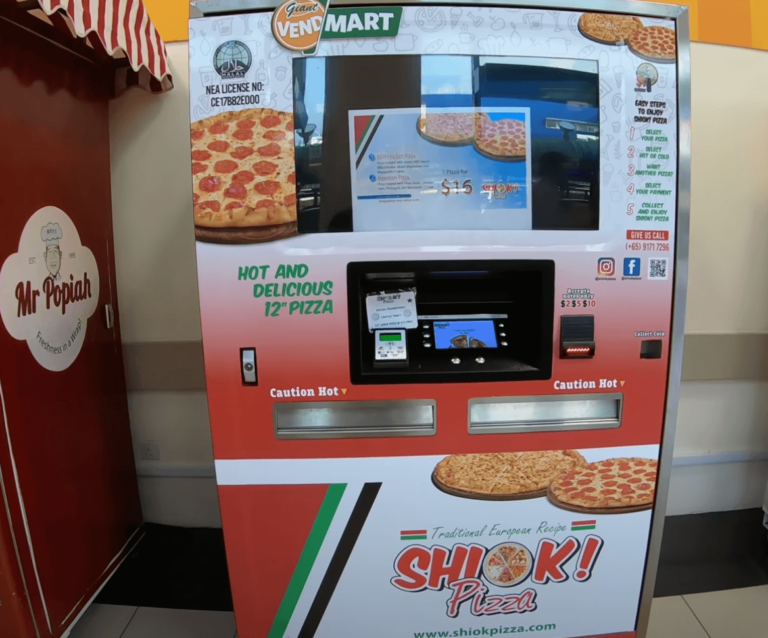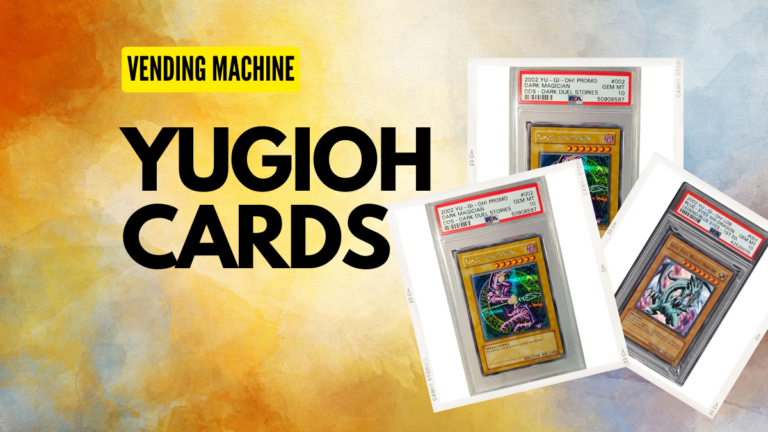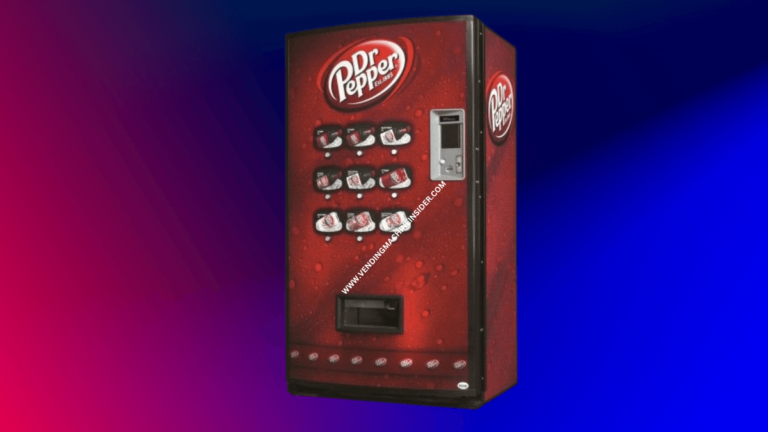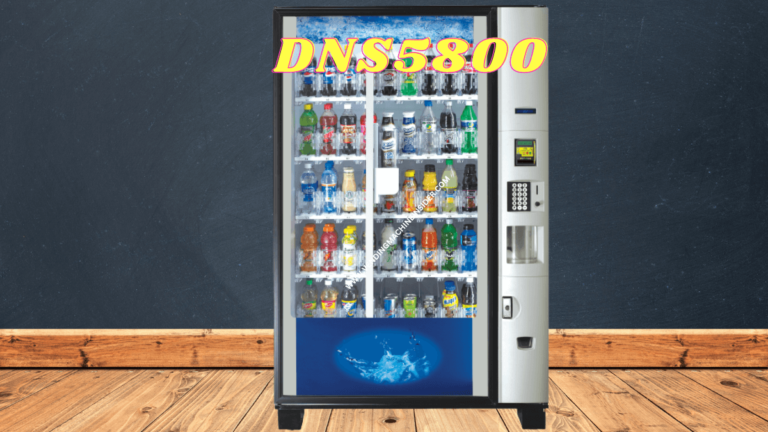How Are Magnets Used in Vending Machines? 3 Usage Reasons
Vending machines have surely come a long way since their first commercial appearance back in the 1880s. They went from selling snacks or drinks only, to selling a wide range of products including chargers, earphones, DVDs, hygiene items, and accessories.
The advancement of the vending machine industry made people more and more interested in the operation of these machines.
One common question we get is “how are magnets used in vending machines?”
Magnets in vending machines are essential for payment verification, particularly if you’re using coins, paper money, or a credit or debit card. Each of these payment forms possesses a certain magnetic property that helps set them apart from fake currency or helps identify them for processing.
In today’s article, we’re discussing all the ways magnets are involved in the vending machine operation to help you better understand the technology behind it.
RELATED READ: Vending Machine Card Reader Not Working: 6 Reasons & How to Solve Them
Do Vending Machines Have Magnets Inside?
Vending machines have all sorts of components inside to make their operation as smooth as possible, from elevator delivery systems and conveyor belts to touchscreens and motion sensors.
Some vending machines are even equipped with cameras for security, marketing, or transaction purposes.
Another component you may not know exists inside a vending machine is magnets. However, magnets have been used in vending machines since their first appearance to identify and sort coins – the first allowed payment method.
From there, the use of magnets in verifying payments has advanced to include paper money as well as credit and debit cards.
How Are Magnets Used in Vending Machines?
Now that you have an idea of why magnets exist in vending machines, it’s time we take a closer look at the way they’re used.
As we mentioned above, the main function of magnets in vending machines is to verify different payment methods. This happens as follows:
1) To Verify and Sort Coins
When it comes to verifying and sorting coins, electromagnets in vending machines work to tell real coins apart from fake or invalid ones. They also separate coins into quarters, nickels, dimes, and pennies.
Generally, for a coin to be magnetic, it has to contain steel or nickel (at a high level). In the United States, neither steel nor nickel alloys have ever been used to produce a circulating coin except in 1943 when the Lincoln steel penny was made.
With this information in mind, here’s how magnetics can do this:
- Coins are inserted into the machine.
- They’re then exposed to an Eddy current, which is an electric current that reduces the speed at which items with ferromagnetic properties move when traveling through a conductor.
- Because coins in the United States are non-magnetic, the speed of the real coins won’t get affected while the fake coins will move slower.
- The slower coins will then be directed into a different route toward a rejection channel, making their way back to the customer.
- As for the real coins that retain their speed when moving, they continue their route and roll down a ramp to get scanned by magnets and lasers. This step is to check the composition and the size of the coins.
Alternatively, some machines depend only on electromagnets and lasers to verify and sort coins without using Eddy currents. Both ways will ultimately reject fake coins.
2) To Verify Paper Money
When vending machines added support for payment using paper money, the possibility of trying to use fake money (and a variety of paper items) to buy products followed shortly after.
Luckily, paper currency is made with a bunch of protective measures to prevent counterfeiting. These include watermarks, raised print, and microprinting.
But the measure we’re concerned with today lies within the ink used in paper money. This ink can be made to possess magnetic properties by mixing iron into the ink using specific measurements.
As a result, the magnets inside vending machines can pick up on the presence of iron in the paper bills or even determine its amount. This way, magnets can set real cash from fake paper currency.
3) To Verify Credit or Debit Cards
Last but not least, magnets in vending machines can verify the authenticity of your credit or debit card and read the information embedded in it that’s necessary for the transaction to go through.
If you’re not already familiar with this, newer models of vending machines accept card payments. Be it intentional or not, people may try to insert other types of cards into machines to buy items.
To be able to identify whether or not the card you’re using is actually a credit or debit card, vending machines have magnets to get the job done. This is thanks to the presence of a magnetic stripe on the back of such cards.
This magnetic stripe has all your related payment information encoded within its particles such as:
- Your name
- The card number
- The card’s expiration date
This information is detected by the magnets in the vending machine when you swipe your card through its card reader.
Once your information is scanned and collected, the computer system in the vending machine sends it to your bank and the vendor’s bank to process the transaction.
When the vending machine displays that the purchase is complete, be sure to tap the “End Process” button to prevent the following customers from potentially buying using your money (whether by accident or intentionally).
Wrap Up
Payment methods in vending machines have also evolved remarkably. While cash was the only valid way to buy from a vending machine at first, you can now use your credit or debit card or even pay via apps on your smart device.
There you have it, a detailed guide to answer the question “how are magnets used in vending machines?”
Magnets in a vending machine serve to verify different methods of payment, specifically if you’re using coins, paper money, or a credit or debit card.
Each of these payment forms has a certain magnetic property that helps set them apart from fake currency or helps identify them for processing.
